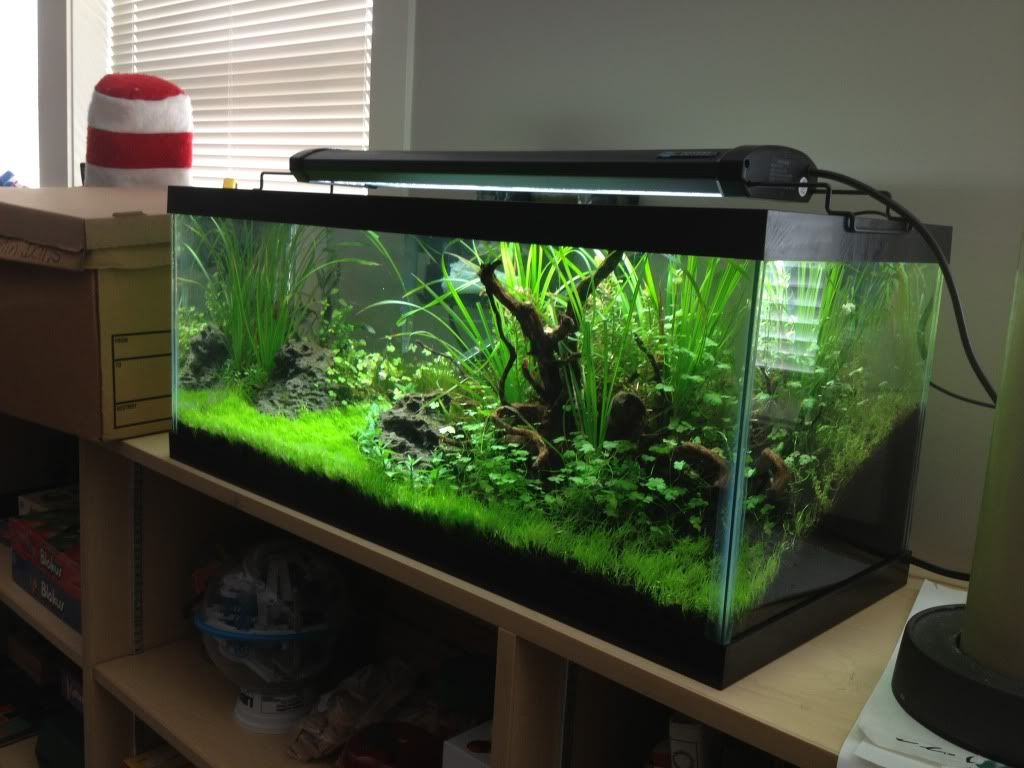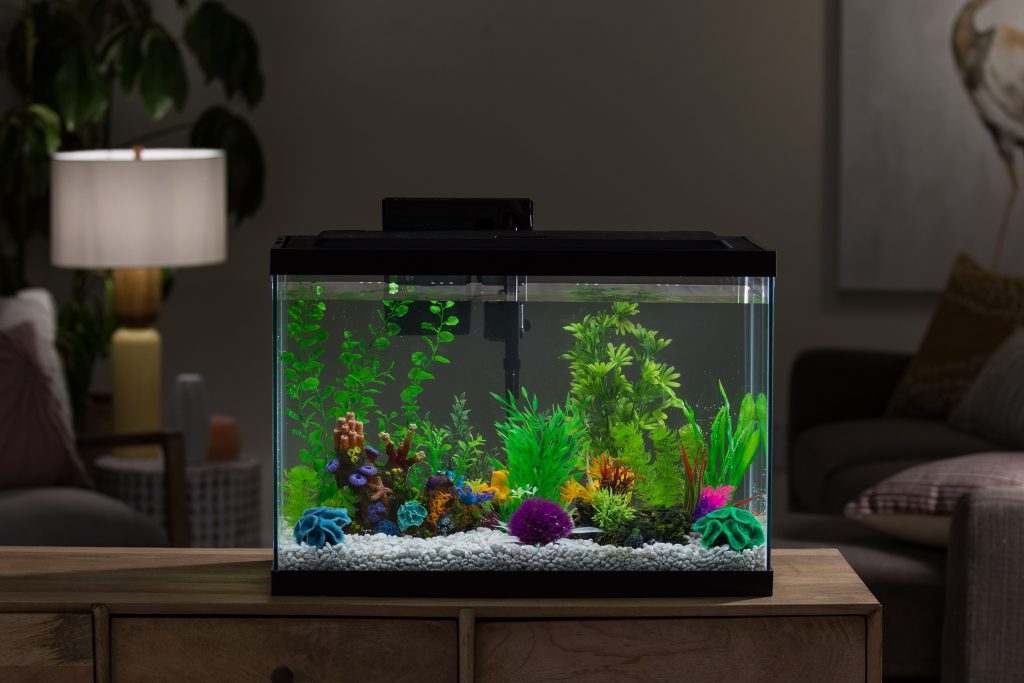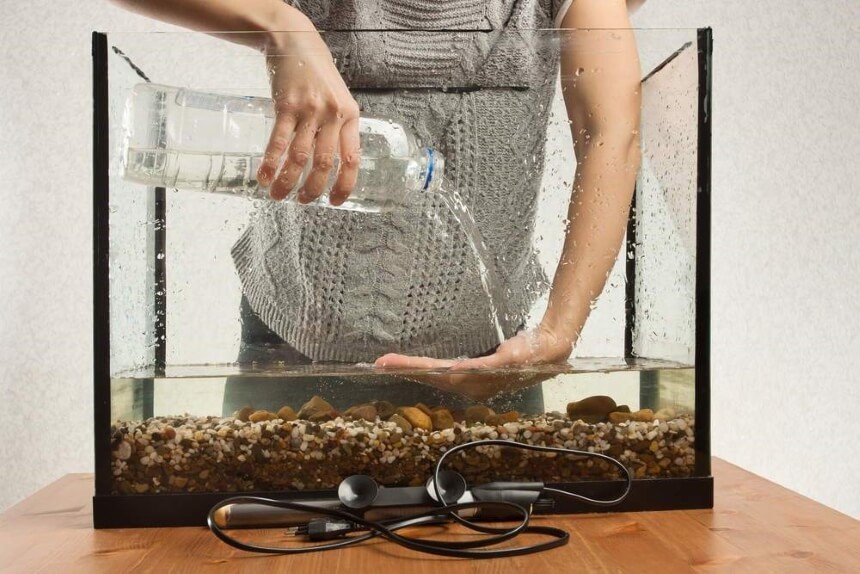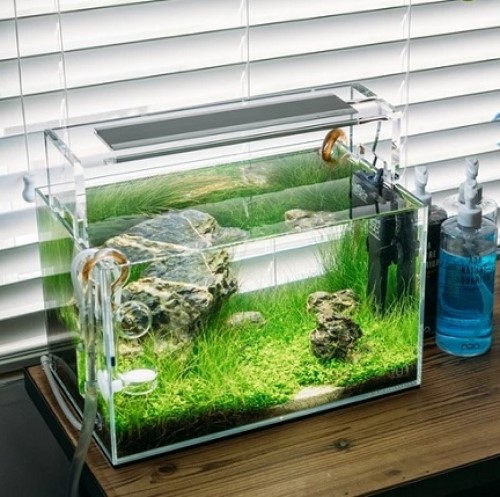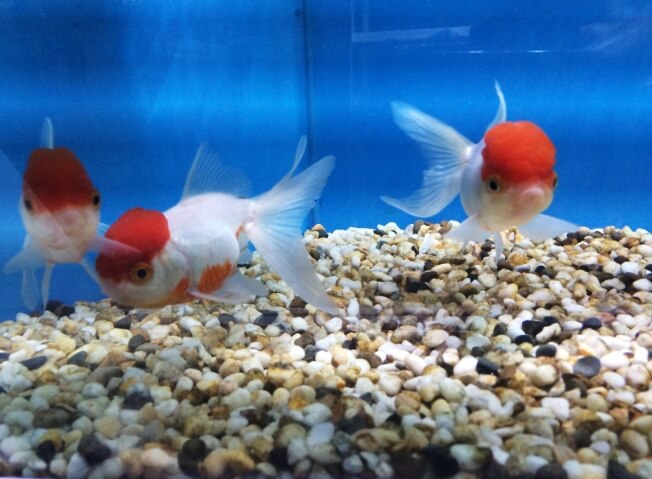

Some fish can only thrive in hard water which is quite the nightmare when it comes to cleaning. A clean and clear fish tank or aquarium adds some aesthetic value to any room. It only gets bad when hard water accumulates and leaves it stained and dirty. Removing hard water stains from your fish tank is not a walk in the park. You might have to break a sweat and use the right tools to get it looking sparkling clean.
You need to learn how to remove hard water stains from a fish tank before you even start to buy and apply any products. You must also consider the type of aquarium you have and come up with a suitable cleaning plan. There are myriads of cleaning methods that you can use; some even allow you to clean the fish tank without disrupting the life of your fish by relocating them.
If you live in a home that uses hard water, it is important to clean your fish tank or aquarium regularly because hard water is mineral-rich and when it evaporates, it leaves behind a white residue that makes the fish tank ugly to look at.
The white residue is harmless to your fish but with time you will be unable to see them through the glass or acrylic. It’s also not pleasant to look at.
Water stains are inevitable for all fish tanks and aquariums, especially if hard water is used. Hard water is filled with minerals. When it evaporates and leaves these minerals behind, they deposit on the sides of your fish tank.
The mineral deposit is usually an unpleasant streaky white residue. The minerals are crucial for your fish’s well-being and they are totally harmless but they are quite the eyesore. In most cases, the mineral residue is usually lime; which essentially is calcium carbonate and some ions. When it builds up on the sides of your fish tank or aquarium, it becomes limescale Trusted Source Limescale - Wikipedia Limescale is a hard chalky deposit, consisting mainly of calcium carbonate (CaCO3), that often builds up inside kettles, hot water boilers, and pipework, especially that for hot water. en.wikipedia.org .
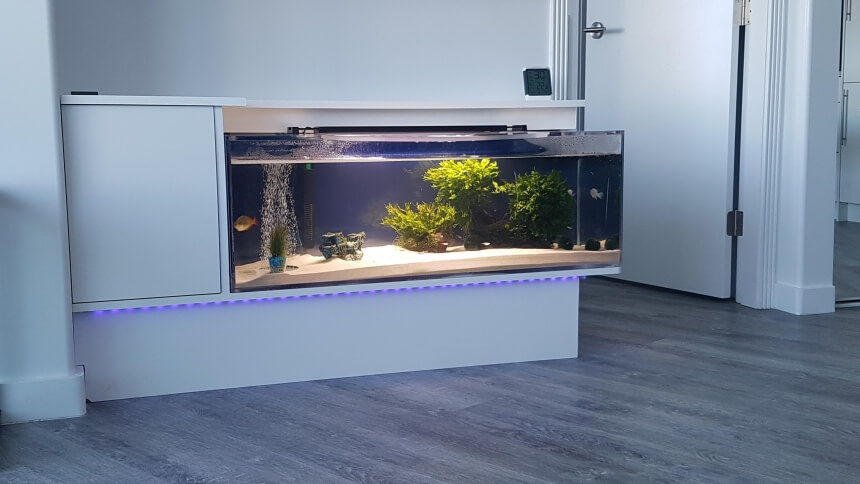
The ugliness of limescale can be so disturbing that you might be tempted to grab regular cleaning products to clean your fish tank. Be sure to find fish-safe cleaning products to avoid endangering your fish. With regular glass cleaning products you can risk introducing harmful toxins to your fish’s habitat.
Cleaning an acrylic fish tank follows the standard procedure of cleaning any type of fish tank, only you must be extra keen not to scratch it. Some of the supplies you will need for the cleaning process include:
Here is a simple step by step guide on how to remove hard water stains from acrylic fish tank:
Turn off the water supply and relocate the fish.
Use the soft piece of cloth and water to clean the acrylic surface. You can constantly wet the piece of cloth or fill a spray bottle with water and spray the surface as you wipe. Remember not to wipe vigorously as it may lead to scratches.
Also, ensure that the water is calm so that grit or sand doesn’t get in your way when cleaning. They may cause scratches on the acrylic’s surface.
Remove the algae with a plastic scraper. Be super-gentle with the scraping to avoid stirring up sand or scratching the edges of the fish tank.
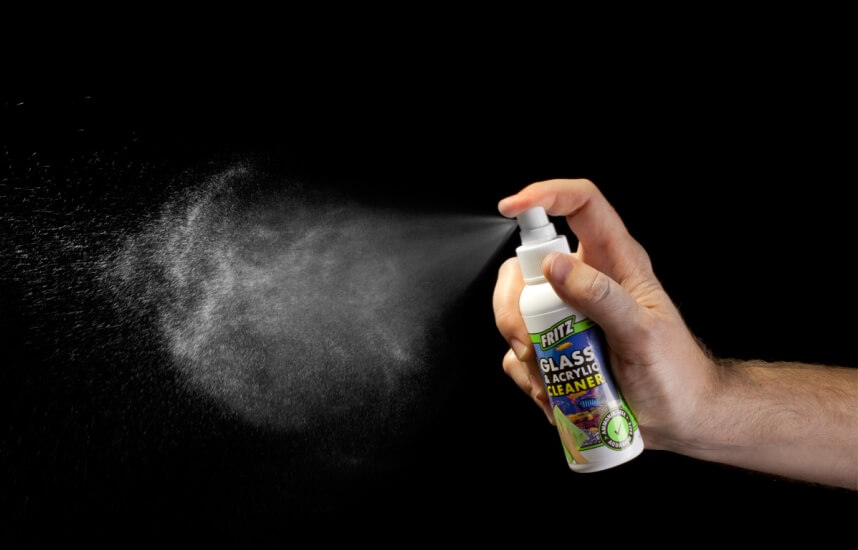
Alternatively, you can simply use a magic eraser to clean your acrylic tank. You can clean all kinds of surfaces with a magic eraser as it never leaves scratches behind. Plus, you don’t need to put so much effort into it. You only need to put some water into it and its activated and ready to use. You can then use the eraser to wipe all the sides and edges of your tank to remove scale, algae and waste.
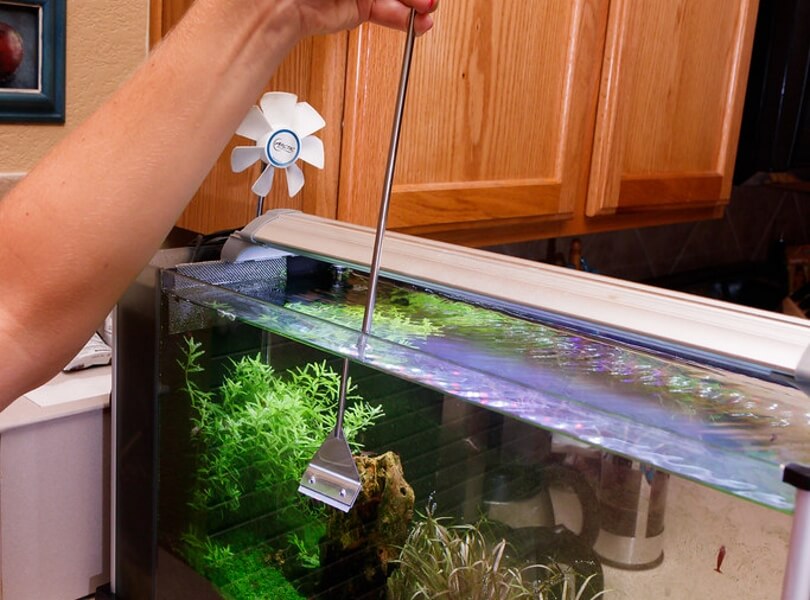
Some of the essentials for this cleaning process include:
A scraper
A non-abrasive piece of cloth or sponge
Table salt
Fish-safe cleaning spray or vinegar
Remember if you can’t access the expensive fish-safe cleaning sprays, you can always go the cheap organic way; with plain white vinegar. Vinegar is a superb natural disinfectant and it can dissolve stubborn lime deposits.
Relocate your fish to a holding tank. It will help you work faster as well as keep the fish safe.
Once you have removed the fish safely, drain the tank completely and remove all the plants and decoration if you have any. You can also remove gravel and substrates or choose to leave them if you have a solid barrier holding them in place. Emptying the tank is not necessary unless you are looking to give your fish tank a deep clean
Wet the soft piece of cloth then use it to scrub the walls carefully. This should loosen up the mineral build-up and algae on the glass’s surface. Add some table salt to the piece of cloth or sponge and give the tank another round of scrubbing.
Rise the tanks with water to get rid of the excess salt and algae from the tank. It will also allow you to see how far along you are in getting your tank sparkling clean.
Place the fish tank on a towel and pour vinegar or the fish-safe cleaning spray on the affected glass surface area then leave it to soak for a good 10 to 20 minutes. Use a soft piece of cloth or towel to scrub the glass after the soaking time lapses.
In case there are any tough stains, use a scraper to scrape the scale away from the glass surface. Be gentle on the scaring to avoid scratching the glass. When you are satisfied that the glass is free of scale, rinse the tank thoroughly with clean water.
Another simple cleaning method is the use of magnets. You can use a mag float cleaner like the popular FL!PPER Flipper Cleaner – 2-in-1 Magnetic Aquarium Glass Cleaner which is loved by many for being a major time saver. It literally halves the time and effort used in cleaning a fish tank regardless of its size.
The magnet cleaners are usually 2-in-1, so that one magnet goes inside the tank while the other goes on the surface outside. All you have to do is bring the magnets together to attract and automatically stick to one another.
The magnets will remove algae and lime stuck on the surface of the fish tank’s glass. You can also use them to wipe the fish tank without even touching inside. Although, the magnets are great and easy to use, they can’t replace the effect of wet piece of cloth or sponge entirely.
The only way you can easily skip the entire gruesome process of cleaning and removing scale from your precious fish tank is by preventing scale build-up on it.
Since evaporation is the main cause of lime build-up on your fish tank, you can make a point of checking the tank’s water line every often. You will notice how first the water evaporates during winter when the humidity is low as well as when the temperatures in the tank are higher.
The more the water evaporates, the harder the water that remains in the tank becomes. The density of minerals per liter of water becomes high. It is therefore recommended that you add distilled water to fill up the tank. The water that evaporated was pure, its only right that you add back pure water.
Although some fish require only clean hard water to thrive, replacing evaporated water with mineral-filled water can lead to a dangerous high-level of minerals. Distilled water prevents this risk.
Quick-tip: You don’t have to empty your reef tank every time you clean it. Fish tanks and aquariums build up beneficial bacteria to keep the reef healthy for the fish. If you keep emptying the tank every other time, you lose the bacteria and interfere with the eco-system of your fish’s habitat.
There is no other way to having a fish tank so bright and new-looking other than learning how to remove hard water stains from it. This is especially important if you use hard water in your fish tank. Limescale is unpleasant to look at and if not removed can even prevent you from seeing your fish through the glass or acrylic.
For you to know how to remove hard water stains from your fish tank, you must first establish whether the tank is made of glass or acrylic. You also must collect the right cleaning material for a thorough cleaning job. The right material will also prevent unnecessary damages to the tank like scratches as well as maintain a safe and healthy environment for your fish.
